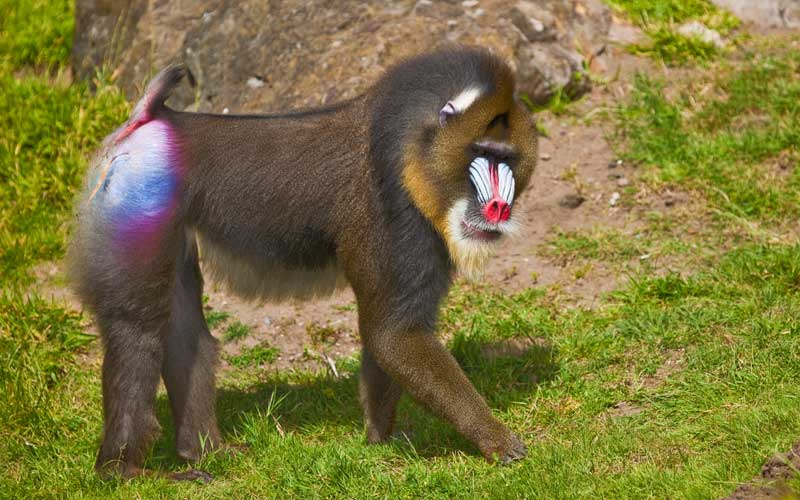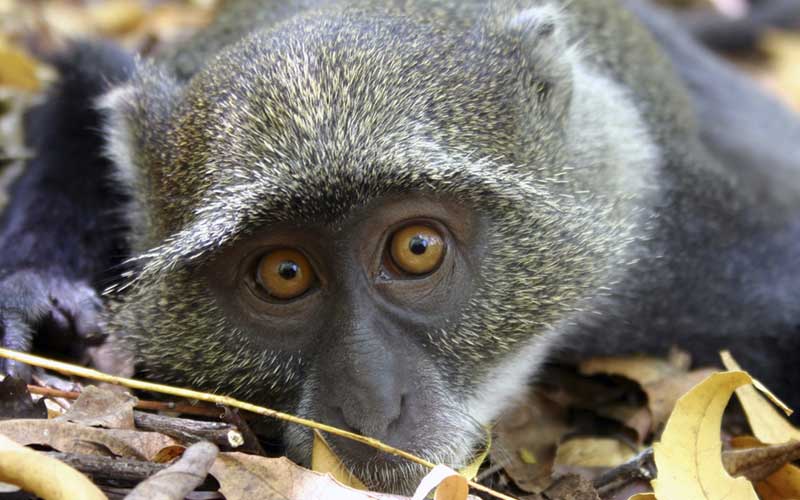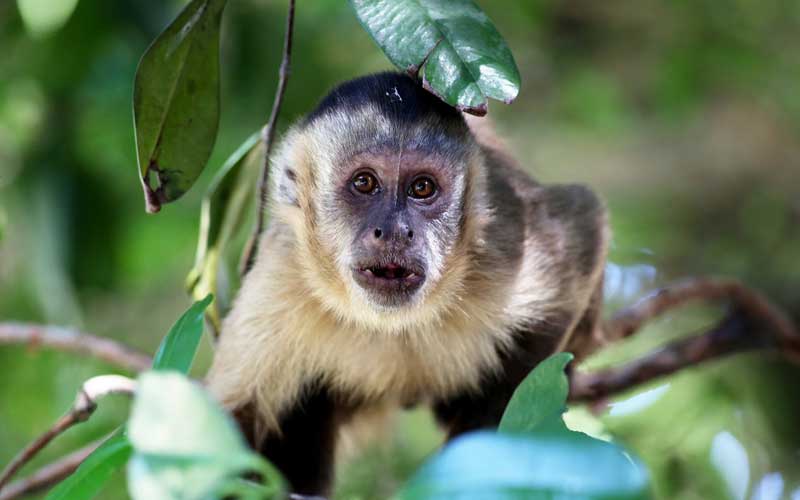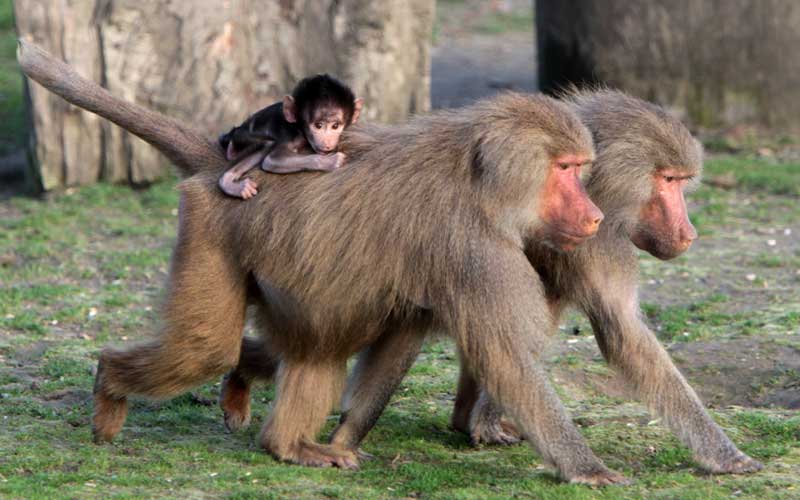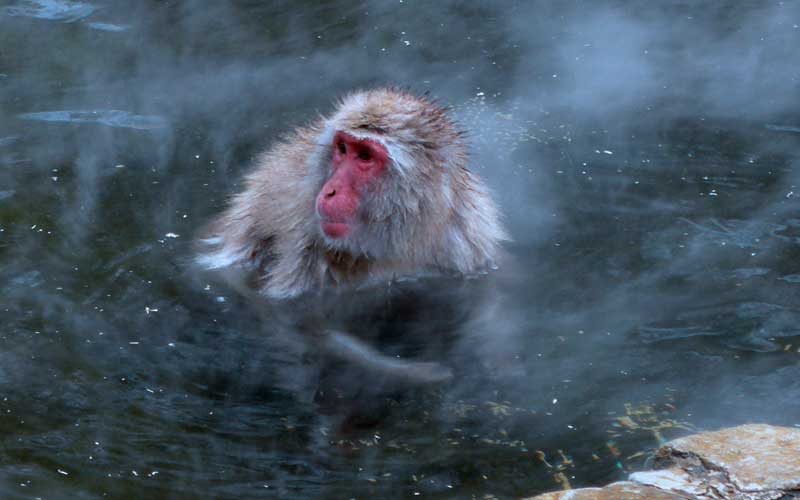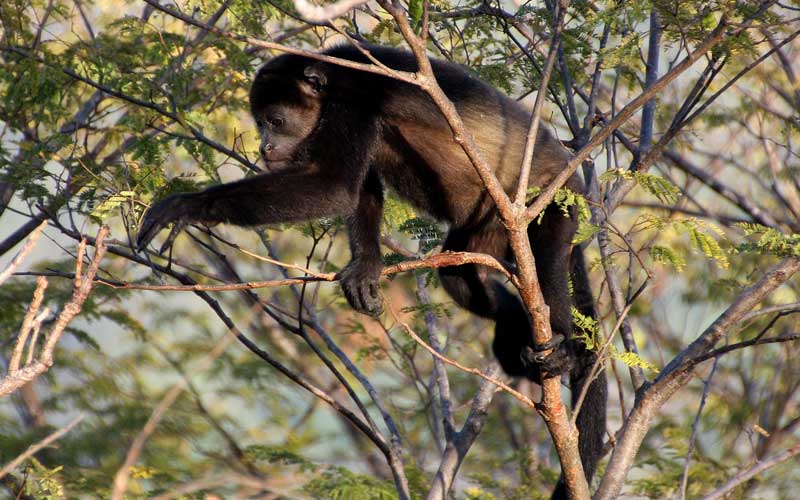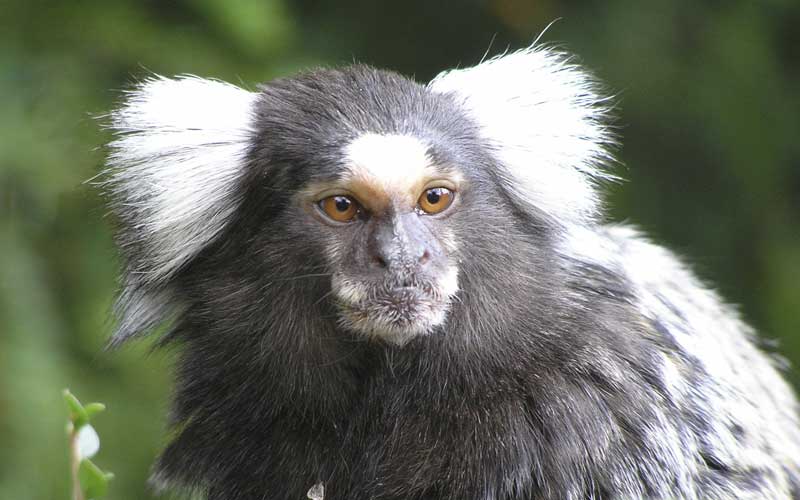Mandrill – Mandrillus sphinx
Introduction
Many people mistake the Mandrill for the Baboon but they are different. Yet they do look similar to each other. They are members of the Old World Monkeys. In fact, they were once classified as Baboons. Yet further studies determined that there were enough differences to put them into their on class. They are the largest species of Monkey in the world.
Description
The olive coloring is found on the Mandrill. As males become older and more dominant the coloring gets darker. The males will always be darker than the females. It is believed that many females choose their mates based on the shade of coloring. The males can be up to 77 pounds when they are fully mature. The females are about half of that weight.
Distribution
Southern Cameroon is the name location for the Mandrill. They are found in Congo in large numbers as well. They are found in the tropical rainforest areas as well as the woodlands. They have boundaries that consists of the bodies of water that run through these areas. They are said to be among the most diverse genetic Monkeys in the world.
It is believed that there are locations of Mandrill out there that haven’t been identified. They are very good at spreading out and staying under cover. It can be hard to find where they are living and not disturb the natural habitat. Out of respect for that the efforts to find more of them have often taken a back seat to other needs.
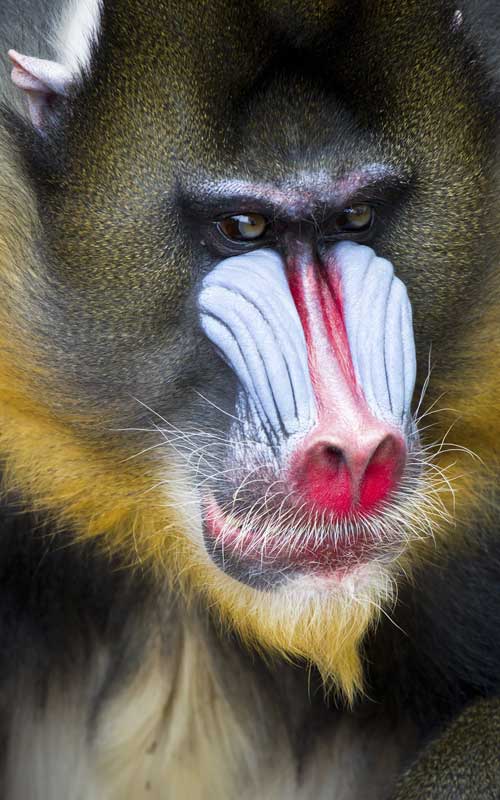
Behavior
Socialization is a huge part of the lifestyle for the Mandrill. It is hard to determine how many live in an given group though. It is believed to be at least 40 of them. However, one was found to have more than 1,300 members. There are many sub groups found in the overall structure. Males are dominant over a small harem of females that stay very close to his domain.
The mothers and daughters form very strong groups and remain close their entire lives. They can often be seen socializing with each other, playing, chatting, and even grooming each other. Those friendships are a big part of why there is little female conflict in the Mandrill groups.
Diet /Feeding
The Mandrill has a very big appetite and they will eat what they can find in many locations. They feed on fruits, figs, small bugs, insects, and tree bark when they need to. They have been known to consume eggs and even the young of other species of Monkeys. Some males have been found to hunt small antelope when they have trouble finding other sources of food.
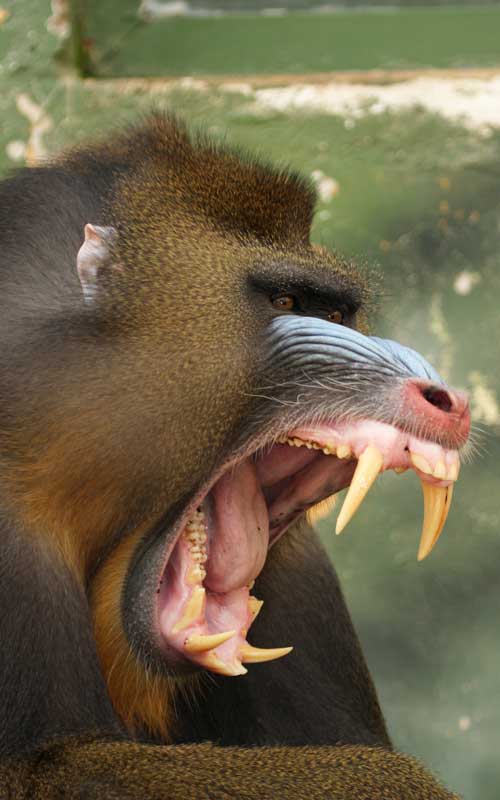
Reproduction
The Mandrill becomes mature at about 3 ½ years of age. The females will initiate mating if she is interested in him. It takes about 5 months from conception for the young to be born. There is no set mating season for these Monkeys. The mothers are very excited to have the young arrive. They take very good care of them and won’t mate again until the young they have to care for are mature. If a baby should die then they will mate again in the hopes of being able to replace it.
Conservation
In many areas the Mandrill is seen as a pest because they will destroy crops and living areas of the villagers. These animals are heavily hunted in order to provide food for many of the villagers. However, there doesn’t seem to be a lack of them in the wild and so they aren’t deemed as being at risk of extinction. They have been hunted too because they aren’t afraid to come close to humans.

